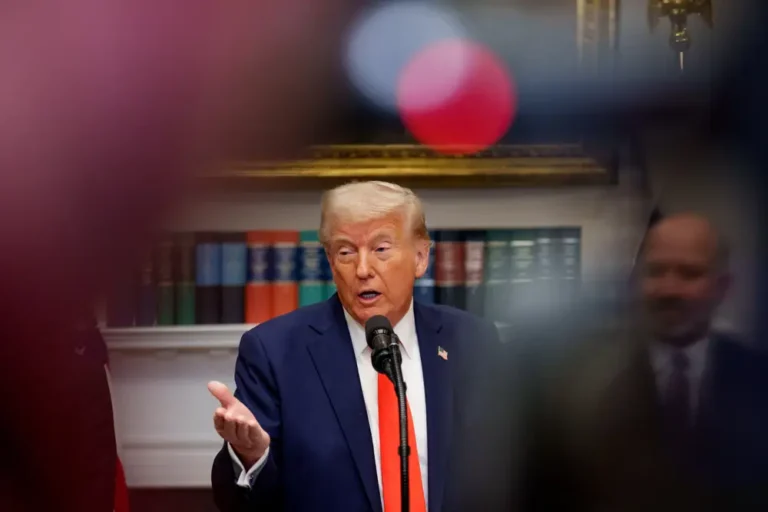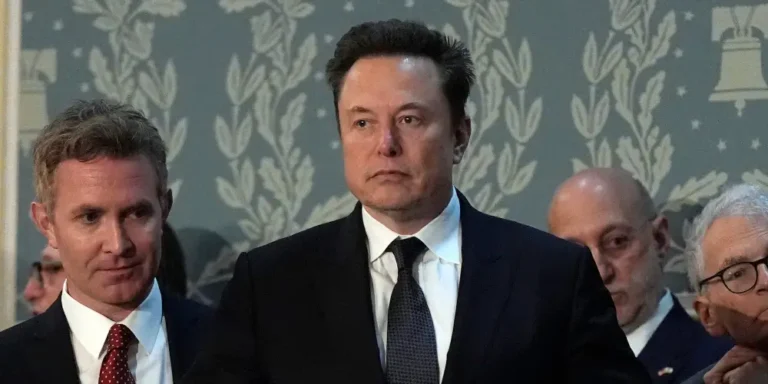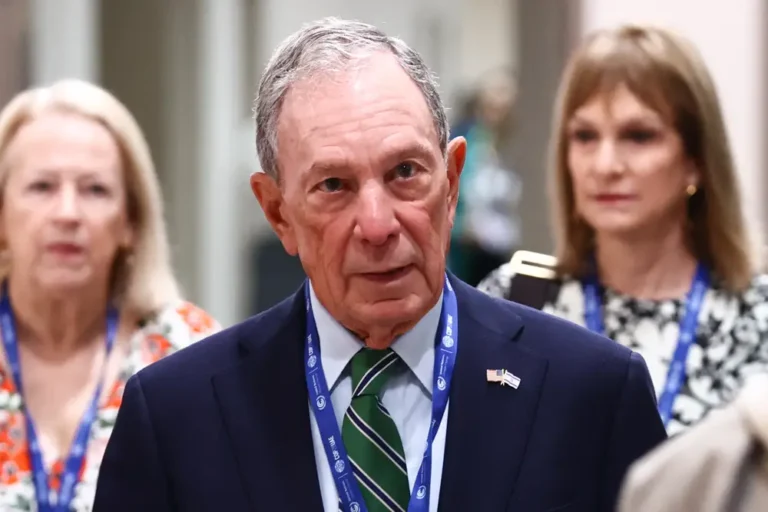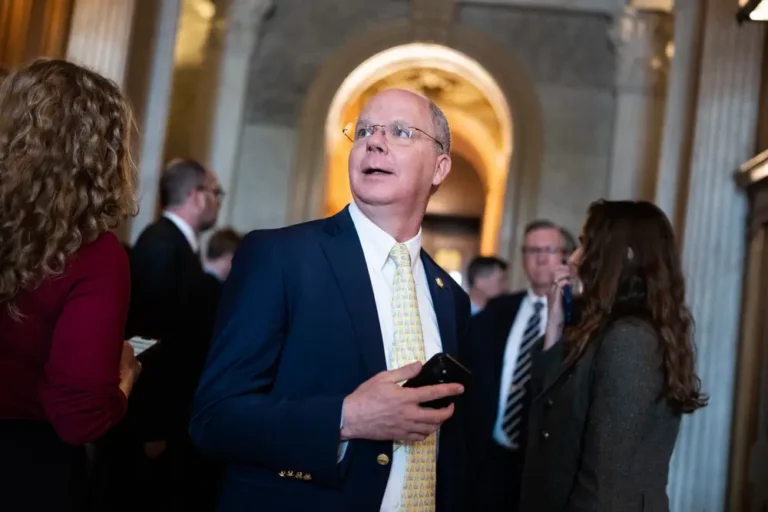This is not the Democratic Party of 2020
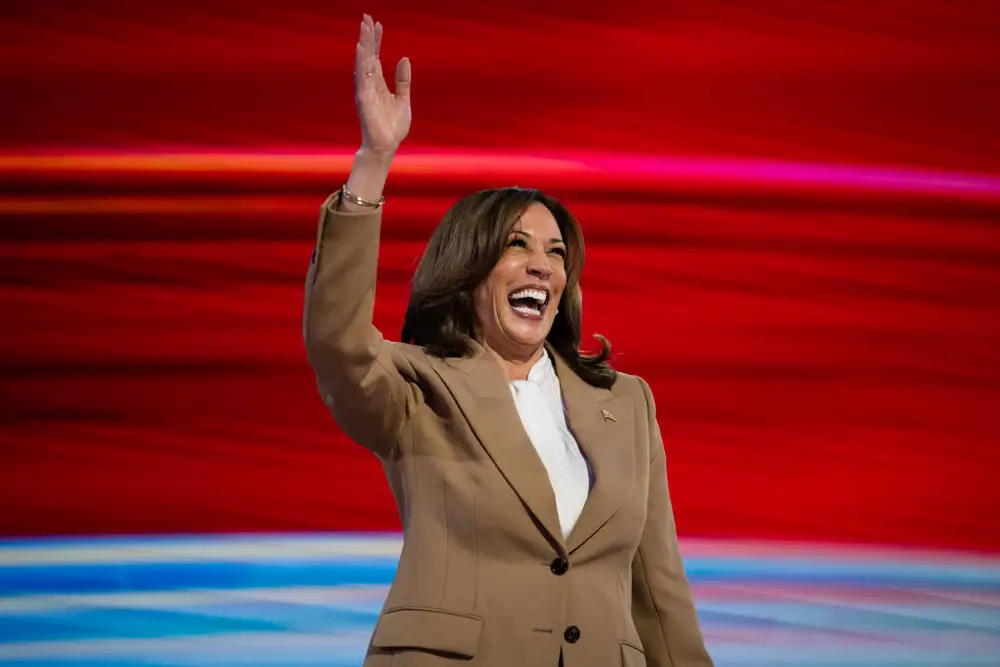
The Democratic Party seems a lot less gloom and doom than it did four years ago.
Granted, 2020 was unusual, to say the least. It was an election year with a particularly divisive incumbent, in which the COVID-19 pandemic had upended American life, and in which the murder of George Floyd ignited a massive protest movement across the US.
As a result of perhaps all of those factors and then some, the Democratic Party took on a particular form. The messaging was serious to the point of solemnity, with little space to forget for even a moment the official party line: that President Donald Trump’s reelection posed an existential threat, that the only way to reject hundreds of years of racial injustice was to get him out of office, and that with COVID-19, it was quite literally a matter of life or death.
This time, the vibe shift was apparent and on full display at the Democratic National Convention.
Though there was imagery of January 6, 2021, and speakers — including Vice President Kamala Harris in her keynote address accepting the party’s presidential nomination — outlined concerns about protecting democracy, there was much less gloom and doom than four years ago.
Take the current favorite criticism positioning Trump and his allies as simply “weird” and “small” — a far cry from the moral outrage of 2020 or even from President Joe Biden’s 2024 message.
The convention speakers have been leaning into joy, a word speakers have used to describe the kind of president Harris would be.
While the 2020 DNC was virtual, its tone was noticeably different. NPR described Biden’s speech then as “sober and urgent” and “one of light versus dark.”
Four years ago, the party, having selected Biden, also seemed to at least try to cater to its most progressive and leftist voices, even if only in messaging and optics.
Politico reported in 2020 that the DNC’s focus on racial injustice had been an “earth-shattering” turn for the party, as one former Democratic aide had put it. The party gave what the outlet called a “full-throated acknowledgment” of systemic racism and its impact on society.
In 2024, progressives like Rep. Alexandria Ocasio-Cortez, Sen. Bernie Sanders, and Sen. Elizabeth Warren spoke, along with racial-justice advocates like the exonerated “Central Park Five.”
At the same time, pro-Palestinian activists protested outside this year’s DNC all week. The DNC declined to allow a Palestinian speaker at the convention amid fears of displaying a lack of unity within the party — another signifier that the party was not going out of its way to include liberal activists as it was in 2020.
The convention often focused on reaching out to folks with different views — both Barack Obama and Bill Clinton made that pitch — and appealing to moderates, independents, and Republicans. A long list of Republican speakers, including former elected officials and people who served in the Trump White House, gave speeches that sought to appeal directly to Republicans and independents.
The speakers this year even focused more on issues that could win over moderates, like immigration (Javier Salazar, the sheriff of Bexar County in Texas, was one of the speakers) and the economy. Gov. Josh Shapiro of Pennsylvania, a moderate Democrat, specifically called for investing in “the police and in the community.”
In 2020, The New York Times reported that Democrats were split over how much bipartisanship mattered, but the Democratic Party of 2024 seems far more sure that it does. The party appeared to be trying to hold together the coalition that helped elect Biden in 2020, but whom the Democrats were having a hard time reaching again with Biden as the candidate in 2024.
There is one key way that the Democratic Party needs to replicate 2020 — or even the 2018 midterms — and that is turnout on Election Day, which speakers reminded DNC attendees. No matter the vibes at the 2024 convention, Harris and the Democrats have 74 more days to unveil comprehensive policy and motivate voters until ballots are counted on November 5.

